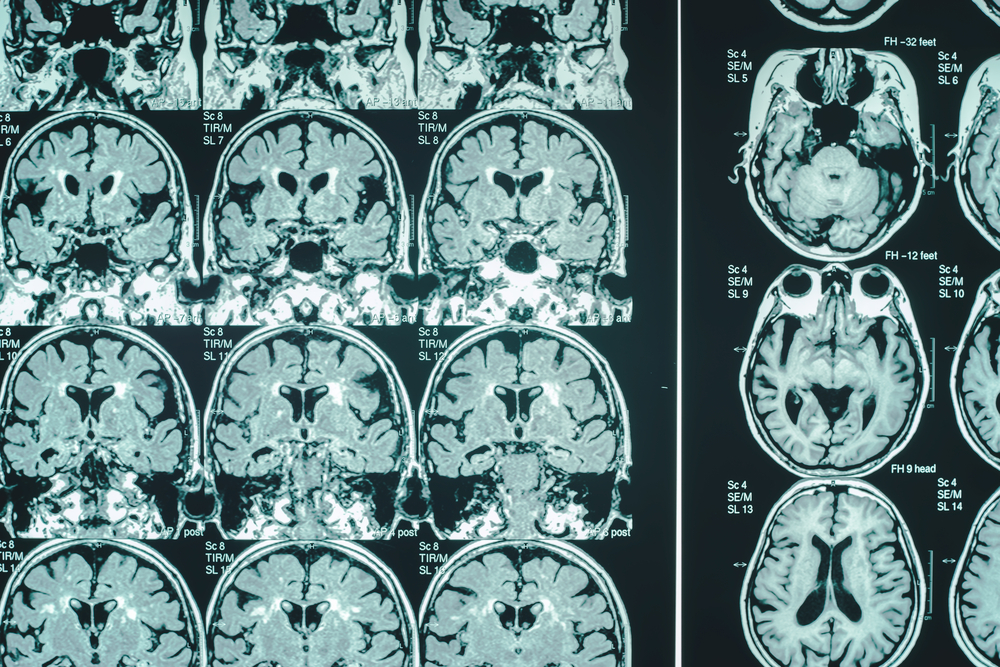
For the first time, an international team of scientists, led by researchers at University of California San Diego School of Medicine, have determined that an Alzheimer’s disease (AD) polygenic risk score can be used to correctly identify adults with mild cognitive impairment (MCI) who were only in their 50s. MCI is considered a precursor to AD.
Findings were published in the February 27 online edition of Molecular Psychiatry.
The AD polygenic risk score was created from genome-wide association studies of AD with a combination of genes weighted according to the association of single nucleotide polymorphisms (SNPs) with AD. SNPs are variations of a single nucleotide or DNA-building block that occur at a specific position in the genome. There is some SNP variation in genomic information in all humans, which affects individual susceptibility to disease.
“Current studies of the AD polygenic risk score typically occur in adults in their 70s, but the AD pathological process begins decades before the onset of dementia,” said William S. Kremen, PhD, professor of psychiatry and co-director of the Center for Behavior Genetics of Aging at UC San Diego School of Medicine. “By focusing on a younger population with cognitive impairment, we may be better able to identify patients for critical early interventions and clinical trials.”
Kremen and team found that someone with an AD polygenic risk score in the upper quartile was 2.5 to 3 times more likely to have MCI than someone with a score in the lowest quartile. Signs of MCI may include difficulty with word recall, forgetting appointments, or often losing personal belongings. The type of MCI most associated with memory loss is called amnestic MCI.
According to the National Institute on Aging, more people with MCI than those without it go on to develop Alzheimer’s. Approximately eight of every 10 persons who fit the definition of amnestic MCI develop Alzheimer’s disease within seven years.
“Our research team found that the polygenic score could differentiate individuals with mild cognitive impairment from those who were cognitively normal,” said Kremen. “We also noticed that for study participants who had cognitive deficits other than memory problems, diabetes was three-fold more likely.”
Kremen added that while this test is not yet available to primary care physicians, it may be an important tool to aid researchers in predicting MCI and AD, and, eventually, reducing the number of future cases.
“The Alzheimer’s Association and others have modeled how the impact of delaying the onset of AD by five years could reduce the number of cases by nearly 50 percent by 2050. We want to do what we can to make this projection a reality,” said Kremen.
Data for this study were collected from 1,329 men who participated in the Vietnam Era Twin Study of Aging (VESTA.). VESTA constitutes a national sample comparable to U.S. men in their age range with respect to health and lifestyle characteristics. Approximately 90 percent of subjects in this analysis were in their 50s. Diagnosis of AD was based on the Jak-Bondi actuarial/neuropsychological approach.




